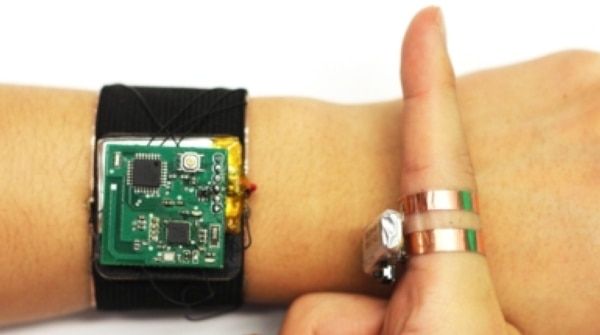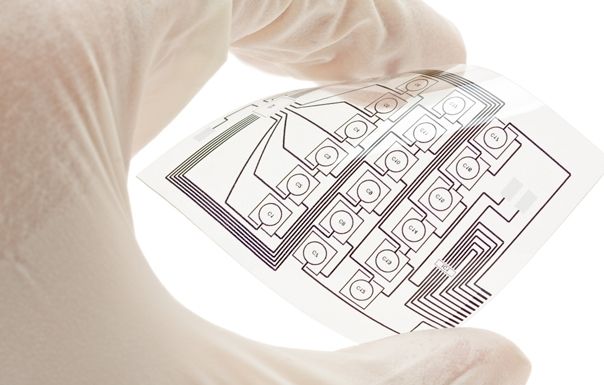Category: electronics – Page 92
NASA’s new HD camera
NASA’s new High Dynamic Range (HDR) camera.
Watch a rocket test in super HD with NASA’s impressive new camera: http://cnnmon.ie/2aPVjpK

Report: Russia to build two nuclear power plants in Iran
Russia and iran nuclear power plant partnership.
TEHRAN, Sept. 1 (Xinhua) — Iran and Russia have agreed to build two nuclear power plants in Iran’s southern city of Bushehr shortly, Press TV reported on Thursday.
“Operations to build two new nuclear power plants in Bushehr will start on Sept. 10,” Press TV quoted Ali Akbar Salehi, the head of the Atomic Energy Organization of Iran (AEOI), as saying.
Construction of the power plants, with an estimated cost of 10 billion U.S. dollars, will be completed in 10 years, Salehi said.
Personal Holography System
Click on photo to start video.
This TV lets you record and watch holographs!

Scientists Are Creating Micro Fuel Cells for Our Shrinking Technology
Researchers developed a method of transferring an energy source to virtually any shape using direct laser writing…
As electronics shrink in size, their energy sources have to fit into tighter, and sometimes more oddly-shaped, spaces. Researchers at the University of Missouri had this challenge in mind when they developed a method of transferring an energy source to virtually any shape using direct laser writing (DLW).



Scientists Build Implantable Bio-Sensor Size of Sand Grain (Video)
Imagine a powerful sensor that can sit inside your body, reading and transmitting information to help keep you healthy.

Google is Developing ‘Bioelectronic Medicines’ to Try And Cure Chronic Illnesses
Verily and GlaxoSmithKline have partnered to form Galvani Bioelectronics, a new company which will focus on the research, development, and commercialization of bioelectronics. One of the first projects will be to develop a precision device that can fix type 2 diabetes.
Verily, formerly known as Google Life Sciences, is partnering with GlaxoSmithKline (GSK) to develop bioelectronic medicines that can “harness electrical signals in the body to treat chronic disease.”
The collaboration marries GSK’s pharmaceutical expertise with Verily’s prowess in developing tiny low power electronics. The unification will result in a new company called Galvani Bioelectronics, after Italian scientist Luigi Aloisio Galvani who was an early pioneer of bioelectricity.